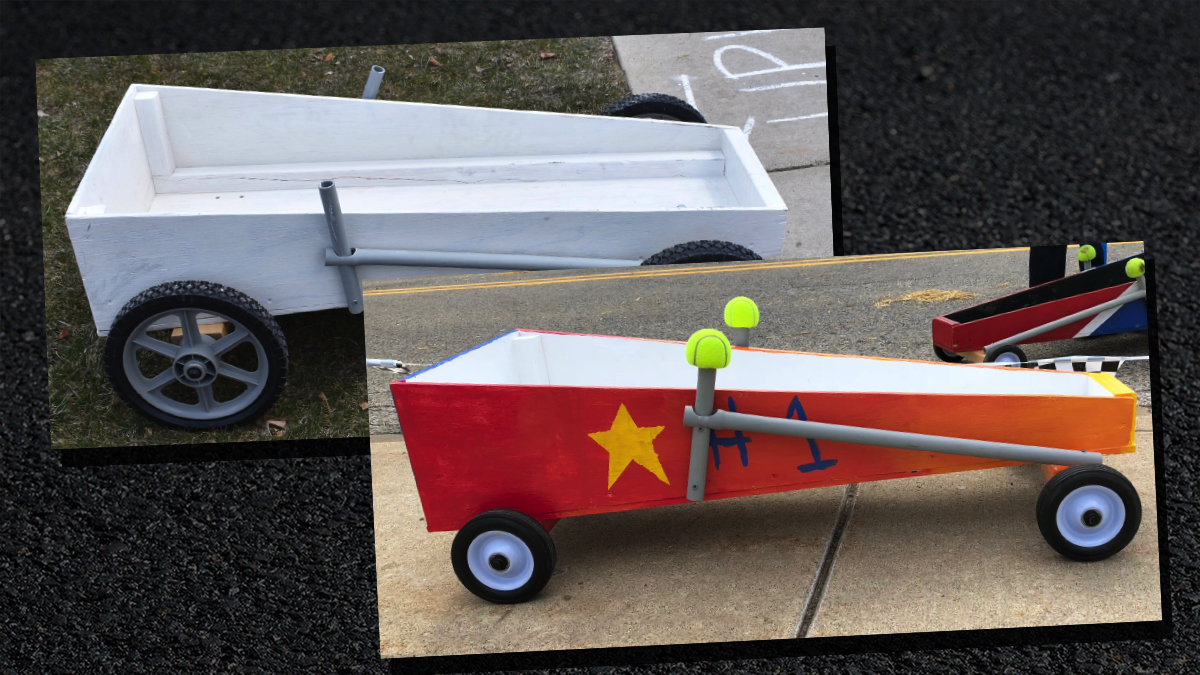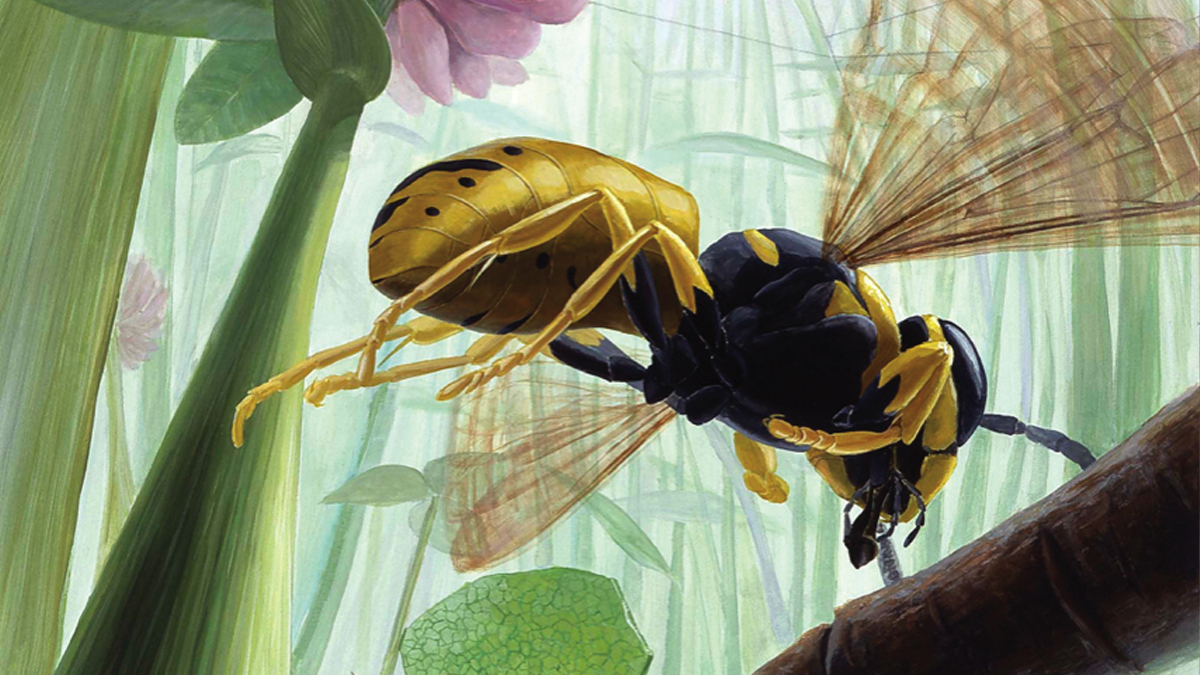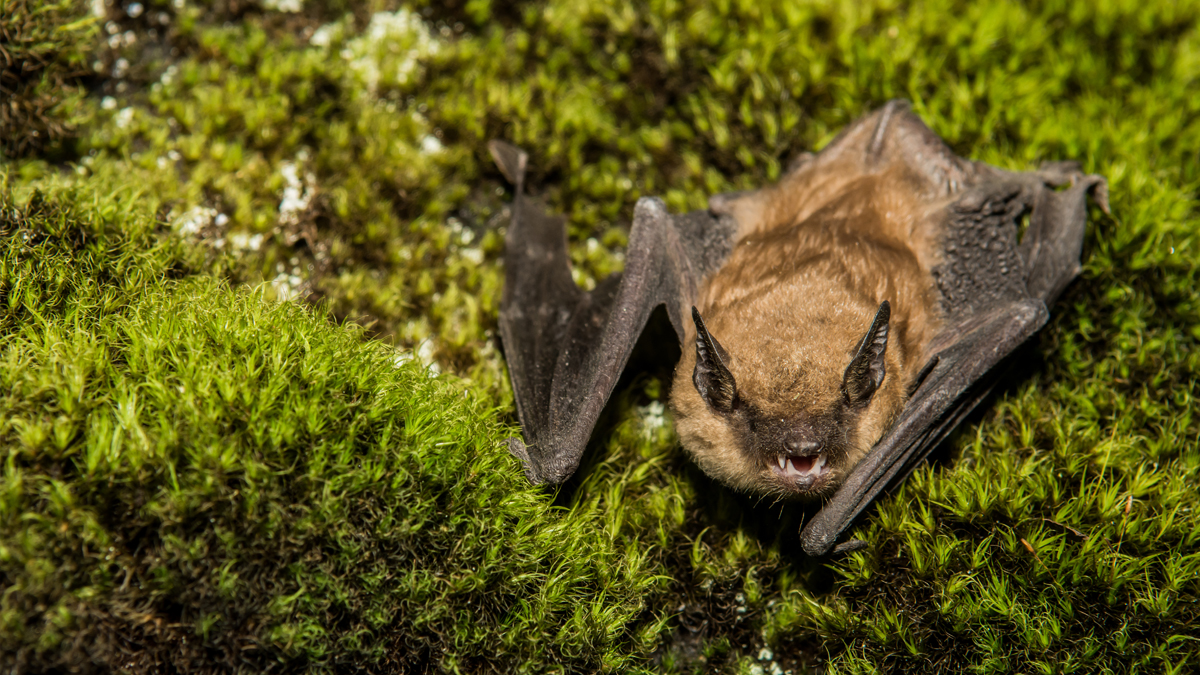Methods & Strategies
The Power of Observation
Practical art-based exercises to improve how we learn science
The Boxcar Challenge Unit
Integrating Engineering Design, Science, and Literacy for Kindergarten
Science and Children—January 2020 (Volume 57, Issue 5)
By Kirsten D. Edwards, Amelia Wenk Gotwals, and Tanya S. Wright

At Home With Bats
A take-home STEM unit addresses the declining bat population through problem-based learning.
Science Packs
Take-home STEM-themed backpacks provide opportunities for engaging family fun!
Reading Adventures
Building scientists one page at a time
The Poetry of Science
Doing Science at Home
Science and Children—January 2020 (Volume 57, Issue 5)
By Sylvia Vardell and Janet Wong
Teaching Through Trade Books
Understanding Chemical and Physical Changes
Tech Talk
Taking Science Home With Technology
Science and Children—January 2020 (Volume 57, Issue 5)
By Heather Pacheco-Guffrey
The Early Years
Science at Home
Editor's Note
Finding Time for Science
Science and Children—January 2020 (Volume 57, Issue 5)
By Elizabeth Barrett-Zahn








